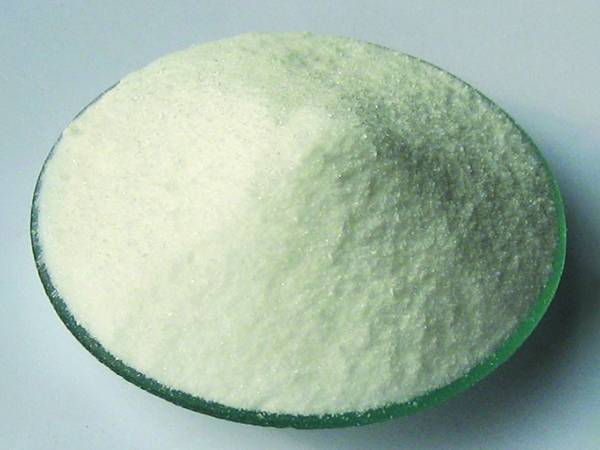



sodium chloride solution sds
Safety Data Sheet (SDS) for Sodium Chloride Solution
1. Identification Product Name Sodium Chloride Solution Synonyms NaCl Solution, Saline Solution Manufacturer [Your Company Name] Address [Your Company Address] Emergency Contact [Emergency Contact Number] Recommended Uses Used in laboratory settings, medical applications, and various industrial processes.
2. Composition/Information on Ingredients Chemical Name Sodium Chloride CAS Number 7647-14-5 Concentration Typically between 0.9% to 10% for medical and laboratory use.
3. Hazards Identification Classification - Not classified as hazardous according to the Globally Harmonized System (GHS).
Signal Word None Hazard Statements - May cause mild irritation to eyes and skin upon prolonged or repeated contact. - Ingestion in large quantities may lead to gastrointestinal disturbances.
Precautionary Statements - Avoid eye contact. - Wash skin thoroughly after handling.
4. First Aid Measures Eye Contact - Flush eyes with water for at least 15 minutes. If irritation persists, seek medical attention.
Skin Contact - Rinse affected area with plenty of water. If irritation continues, consult a physician.
Inhalation - Move to fresh air. If symptoms appear, seek medical attention.
Ingestion - Rinse mouth with water. Do not induce vomiting. Seek immediate medical help if large amounts are ingested.
5. Firefighting Measures Flammability Non-flammable.
Extinguishing Media Use water spray, dry chemical, foam, or carbon dioxide (CO2).
Special Firefighting Procedures Wear a self-contained breathing apparatus and full protective gear to prevent skin and eye contact with runoff water.
6. Accidental Release Measures Personal Precautions Wear appropriate personal protective equipment (PPE), including gloves and safety goggles. Ensure adequate ventilation.
Methods for Containment and Cleanup - Contain the spill using inert material (e.g., sand). - Collect and dispose of in accordance with local environmental regulations.
7. Handling and Storage Handling - Handle in accordance with good industrial hygiene and safety practices. - Avoid contact with eyes and skin.
Storage - Store in a cool, dry place away from incompatible materials
. Keep container tightly closed when not in use.sodium chloride solution sds

8. Exposure Controls/Personal Protection Exposure Limits No established exposure limits.
Engineering Controls Ensure adequate ventilation in work areas.
Personal Protective Equipment (PPE) - Eye Protection Safety goggles or face shield. - Skin Protection Gloves and protective clothing to prevent skin contact. - Respiratory Protection Not required under normal conditions of use.
9. Physical and Chemical Properties Appearance Clear colorless solution. Odor Odorless. pH Typically 5 to 7. Boiling Point 100°C (212°F). Melting Point Not applicable, as it's in solution.
10. Stability and Reactivity Chemical Stability Stable under normal conditions.
Conditions to Avoid Extreme temperatures and incompatible materials.
Incompatible Materials Strong oxidizing agents.
Hazardous Decomposition Products None known.
11. Toxicological Information Potential Health Effects - Inhalation May cause respiratory tract irritation in large quantities. - Skin Contact Mild irritation possible. - Eye Contact May cause moderate irritation. - Ingestion Excessive consumption may lead to nausea and vomiting.
12. Ecological Information Ecotoxicity Low toxicity to aquatic life.
Persistence and Degradability Mostly biodegradable.
13. Disposal Considerations Waste Disposal Methods Dispose of in accordance with local, state, and federal regulations. Dilution prior to disposal may be necessary.
14. Transport Information UN Number Not classified as dangerous goods. Transport Hazard Class Not applicable.
15. Regulatory Information Regulatory Status Not classified as hazardous under OSHA or other regulatory standards.
16. Other Information This Safety Data Sheet (SDS) is intended to provide a summary of information regarding sodium chloride solution. Users are encouraged to review all pertinent safety information and guidelines before handling this substance.
---
By understanding the properties, hazards, and safe handling practices of sodium chloride solutions, users can effectively work with this common yet vital substance while ensuring safety in their environments.
-
Why Sodium Persulfate Is Everywhere NowNewsJul.07,2025
-
Why Polyacrylamide Is in High DemandNewsJul.07,2025
-
Understanding Paint Chemicals and Their ApplicationsNewsJul.07,2025
-
Smart Use Of Mining ChemicalsNewsJul.07,2025
-
Practical Uses of Potassium MonopersulfateNewsJul.07,2025
-
Agrochemicals In Real FarmingNewsJul.07,2025
-
Sodium Chlorite Hot UsesNewsJul.01,2025










